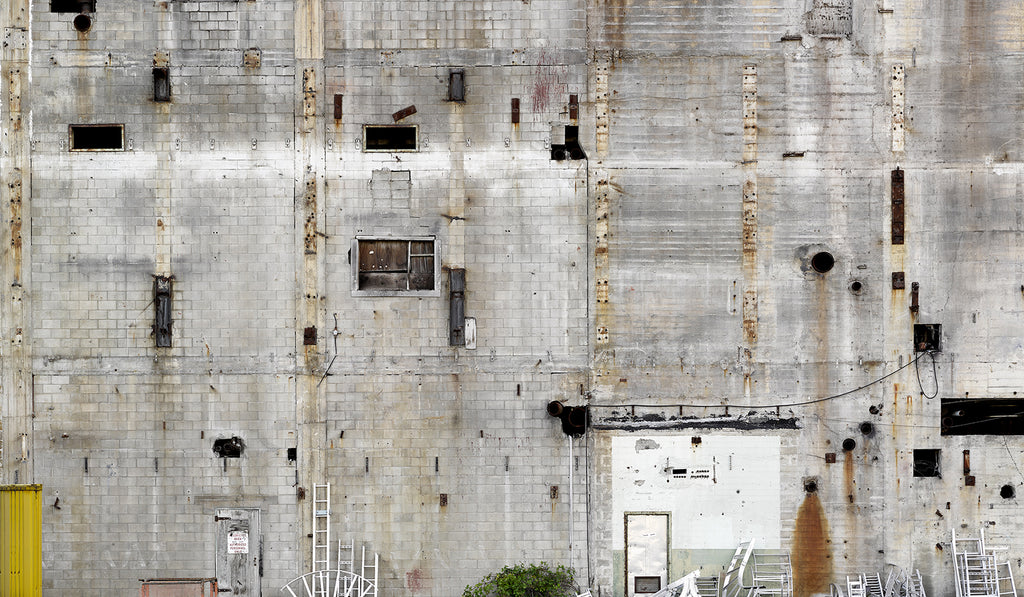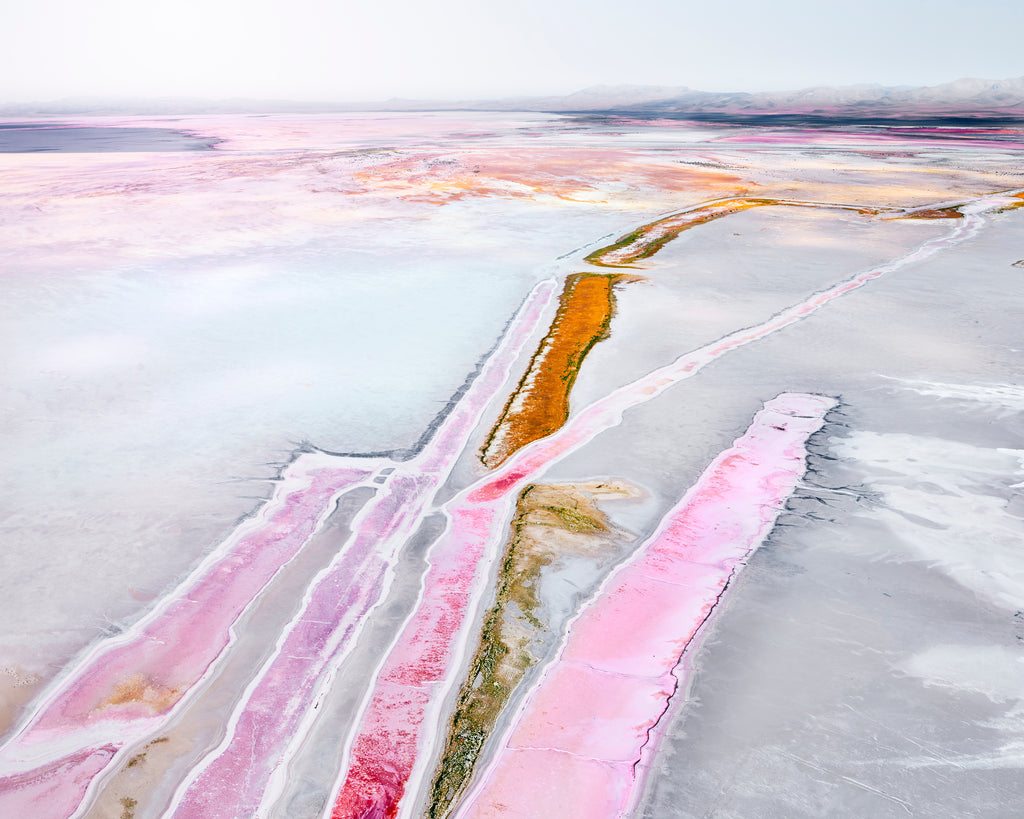
In anticipation of his latest series DISTILLED, we sat down with West Coast artist Anthony Redpath to learn more about his practice.
Bau-Xi Gallery: Can you tell us about how your initial ideas for a piece or a series are sparked?
Anthony Redpath: Ideas are sparked all the time, both in my mind and from visual reference. I could travel past an industrial site and see surfaces or shapes that interest me. If the subject allows a political, environmental, social, or societal comment to be made at the same time as meeting my aesthetic concerns, then it will be in contention for an artwork.
BX: Your images are so beautifully complex, and you have an incredibly technical process. Where do you start? What is your planning process?
AR: I’ll start on an idea without delay if I feel it is a strong one. I’ll just as quickly stop working on that idea, and move on to the next if I feel it isn’t translating well into execution.
The first step is always to obtain permission to shoot in locations where the general public is not allowed. This often requires negotiations and can take many months or longer.
Next, I’ll look at visual research of similar subjects and do a lot of online research. I'll create sketches, take test shots, and roughly composite the images together, to make sure that I can get the composition that I am imagining.
For the final shoot, I have to put together all the photographic equipment I need and book assistants.
BX: Your process is so meticulously planned out. Which aspects are the most methodical? The most exploratory?
AR: The beginning stages of my process are the most exploratory; realizing the potential in an idea by visualizing it in my mind, deciding on which concepts to execute, making the first compositions, then making the first broad strokes in regards to post-production.
This is the most fun part of the process of image making - deciding on a composition, and figuring out how to make it work.
Most of my process is highly methodical, but especially the shooting process. I am very meticulous when if comes to capturing all the visual information; I make sure I have everything needed to make the highest resolution image possible.
BX: How much do you feel your process and methodology should contribute to the meaning and interpretation of your work?
AR: The extraordinary amount of detail tells stories within the overall composition. The surfaces would not exist if it were not for the century-old technology industrial sites where the images are taken, and the effect of the coastal environment over time on the surfaces. The textural breakdown of the surface is a visual metaphor for the effects of the industry on the surrounding landscape.
At the same time, the surfaces are beautiful, seducing the viewer on a strictly aesthetic level.
CLICK HERE TO VIEW THE COLLECTION




















